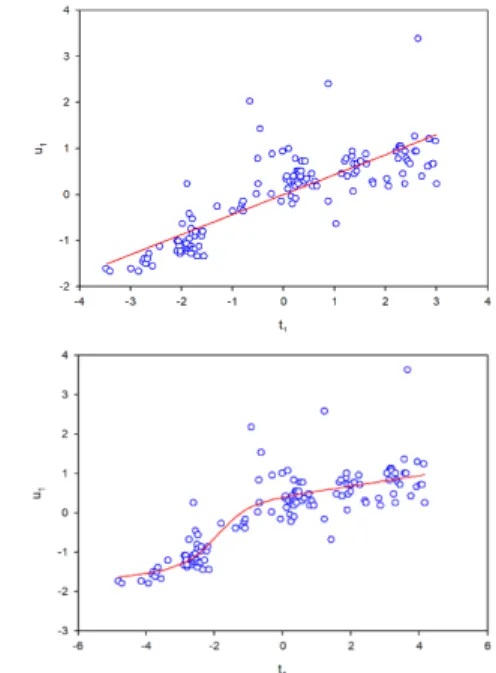2019 ⦽ǎႊᔍᖒ⠱ʑྜྷ⦺⫭ ⇹ĥ⦺ᚁݡ⫭ םྙ᧞Ḳ
413
Nonlinear Dynamic Partial Least Squares Modeling
for Prediction of Strontium Concentrations in Underground Water (South Korea)
Jiseon Jang1, Soon Il Ok2, Jae-Yeol Cheong1,*, and Dae Sung Lee3,*
1
Korea Radioactive Waste Agency, 174, Gajeong-ro, Yuseong-gu, Daejeon, Republic of Korea
2
Korea Radioactive Waste Agency, 19, Chunghyocheon-gil, Gyeongju-si, Gyeongsangbuk-do, Republic of Korea
3
Kyungpook National University, 80, Daehak-ro, Buk-gu, Daegu, Republic of Korea
*
jsjang@korad.or.kr, *daesung@knu.ac.kr
Strontium and its isotopes as effective tracers are monitored for characterizing geochemical behaviors in underground water. However, intrinsically complex and nonlinear dynamics of water variables and their interactions make it difficult in predicting strontium concentration in the system. Therefore, it is strongly necessary to develop a reliable model to predict the dynamic behaviors of strontium in underground water. In this study, different partial least square (PLS) models were combined with finite impulse response (FIR) and auto-regressive with exogenous (ARX) inputs to predict strontium concentrations in an underground water system. Initially, water quality monitoring variables in the underground water from 2010 to 2018 were analyzed using principal component analysis. Then the effectiveness of proposed PLS methods was evaluated by modeling strontium concentrations in the underground water. Neural network PLS with ARX inputs gave much improved prediction performance over the conventional linear PLS model and was successfully capable of predicting strontium dynamics in the underground water.
Keywords: Strontium and its isotopes, Principal component analysis, Partial Least Squares, Neural network, Dynamic behavior, Nonlinear system
Fig. 1. Score plot of the first latent factor (linear PLS and nonlinear NNPLS).
REFERENCE
[1] D.S. Lee, P.A, Vanrolleghem, Biotechnol. Bioeng. 82, 489±497 (2003).
[2] Y. Wang, Q. Guo, C. Su, T. Ma, J. hydrol. 328, 592-603 (2006).
[3] E.L. Brinck, C.D. Frost, Groundwater. 45, 418-432 (2007).
[4] R.B. Goldberg, E.M. Griffith, J, Chin. Environ. Geosci. 24, 151-165 (2017).
